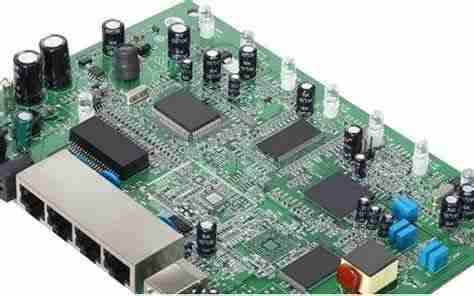PCB board assembly process refers to assembling PCB boards, components, electronic parts, etc. As a PCBA process engineer, I will introduce the various steps of the PCB assembly process in detail:
1. Design: Design PCB drawings according to the functional requirements of electronic products, including component location, size, pin spacing, hierarchical structure, etc.
2. Circuit board processing: converting PCB drawings into the shape and circuit of the circuit board.
3. Circuit board manufacturing: Printing the circuit board graphics and circuits onto the PCB.
4. Components procurement: According to the design of the PCB, purchase the required components, such as resistors, capacitors, integrated circuits, etc.
We purchase these components according to the electronic components list (BOM).
5. Component mounting: Place components onto the PCB.
Component placement methods include:
Manual placement: Components are placed on the PCB manually.
Automatic placement: Use an SMT machine to place components onto the PCB.
6. Soldering: Solder the components to the PCB.
Welding methods include:
Wave soldering: Heat and melt the solder paste to solder components to the PCB.
Reflow Oven: Heat and melt the solder paste to solder the components to the PCB.
7. Inspection: Test the PCBA to ensure it meets the requirements.
Detection methods include:
Appearance inspection: Check whether the appearance of the circuit card has any defects.
Functional test: Check whether the PCBA functions normally.
8. Packaging: Pack the PCBA for transportation and storage.
Common problems that may occur during the circuit card assembly process:
Common problems in the PCB manufacturing process include PCB board warping, PCB board deformation, PCB board cracks, PCB board line short circuit, etc.
Common problems in the component placement process: component misalignment,component cold soldering, component desoldering, etc.
Common problems in the welding process: cold solder joints,desoldering, solder porosity, solder contamination, etc.
The PCBA manufacturing process requires an in-depth understanding of these issues, timely discovery and resolution of problems, and ensuring that the quality of PCBA meets the requirements.
Summary
The PCBA process requires a thorough understanding of each process and strict quality control to ensure the production of high-quality electronic products.
Process engineers need to monitor and manage each step closely, and problems that arise during the process must be solved promptly to ensure that the produced PCBs meet the requirements in terms of performance and reliability.









